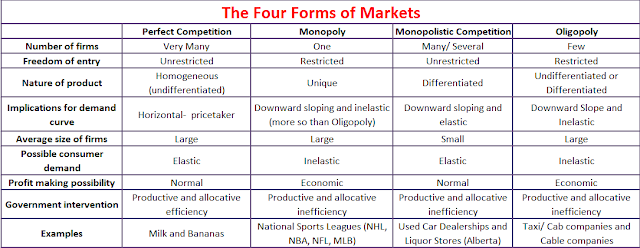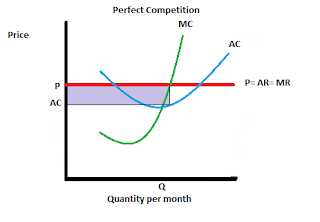The article "The Diminishing Returns to Tobacco Legislation" by Pierre Lemieux is about the European government trying to reduce the number of smokers. Since the 1950's they have been warning consumers of the effects and risks that smoking will have on your health. But the issue that the government is having is that these advertisements against smoking aren't having the same effect as they had in the beginning. A quote from the article that I think best describes the diminishing returns is that the "...intervention against smoking becomes less effective is that smokers who were the most easily persuaded have already quit."
Lemieux makes many good points in his article that I believe helps show the main message of diminishing returns on tobacco:
1)
"…the diminishing returns to government intervention, i.e., the fast that additional reductions in tobacco consumption require more and more potent interventions."
Governments all over the world have tried a lot of different advertising schemes to bring awareness to the harmful effects of smoking, from written messages to pictures of diseased organs on the packages of cigarettes, hoping that the messages would register to smokers and they would quite. But smoking is an addiction and there are many reasons why people continue to smoke.
2)
According to the article when they rose prices in the US in 1985-1995 by 52% there was a drop in sales by 18%, in 1995-1999 the increased the prices again by 48% but this time they only saw a decrease in sales by 11%.
The pattern (even only with 2 major price increases) is starting to show the diminishing returns for tobacco sales. The government is showing these people messages of how it is harming and killing their bodies to try to persuade them to quit but when that doesn't work they try increasing prices so they can't afford to smoke. But even with the large increase so far there has not been a huge reduction in sales- they will have to introduce "larger tax increases...to achieve the same results as previously."
3)
"One reason why government intervention against smoking becomes less effective is that smokers who were the most easily persuaded have already quit. The remaining ones are those who value smoking more and, therefore require higher disincentive before they quit (or reduce their consumption)."
This statement is very true because if the images and messages were going to have an effect on smokers it would have happened from the start. I have two main comments about this message: a) People become immune to things when they are continuously exposed to them. Like war, horrible accidents, and swearing, violence and sex on television and movies. The things we see on TV or in the movies would never have been shown years ago. People are becoming immune to them so it does not have the same effect on them. Just like the images and messages- smokers see them and read them but because they are used to seeing them everywhere. They turn a blind eye to them and do not register the message that is meant to be shown.
b) Children and teens are a good example to add to the latter part of the quote from the article because even though they are lectured and shown the effects of smoking a lot of them continue to try it and potentially become addicted. They see it as being cool and rebellious and then become addicted so it's harder to quit when they are older and realize that what they were told when they were younger is true.
4) "
Too much information may also kill information"
This goes along with my comments from the previous point. When the government floods the media and advertisements with messages about the harmful effects of smoking people become immune to the message and start ignoring what is being said.
"In Quebec, the new panic warnings mandated by the Canadian government have brought entrepreneurs to distribute pack covers featuring neutral drawings, art forms, and even ironic warnings." I feel that this portion of the article did not add much to the debate. It does show that people are finding ways to hide the packaging but I felt like this was a very small part of the debate and if left out it would not have been missed.
The Government is having issues with their current form of intervention so it is time that they take a look at new ways of decreasing the number of smokers. One way that could help, which goes along the same lines as the current advertisements with the photos on the packaging is by printing messages on the actual cigarettes such as "Smoking Kills". This could persuade people to quit or at least smoke in private for the fear of humiliation. Another way that could have an impact on the numbers is by banning smoking in public all together. Smokers will have to smoke in their own homes or there could be designated areas in public that are away from the general public. Walking down the street after just working out at the gym for an hour is one of the times where I feel that smoking should be banned the most. I worked out to better my health and then within 5 minutes of getting out of the gym I am greeted by second hand smoke. I am no longer a smoker and if I wanted to smoke I would take it up again.
Smoking is one of the best examples of a product with a sin tax. Sin taxes are applied to products that governments can continue to raise the tax on and the product will continue to sell. These products have an inelastic demand. As mentioned above the government has raised prices on these products by 50% at least twice now in the past 25 years but both times the decrease in consumers did not decline that much.
The intervention from the government has a diminishing return and unless something drastic is done there won't be much more that will help reduce the numbers. Hopefully, people will eventually start seeing the benefits of not smoking and quit but it will take time and a lot more of the government and consumer’s money before that happens!














